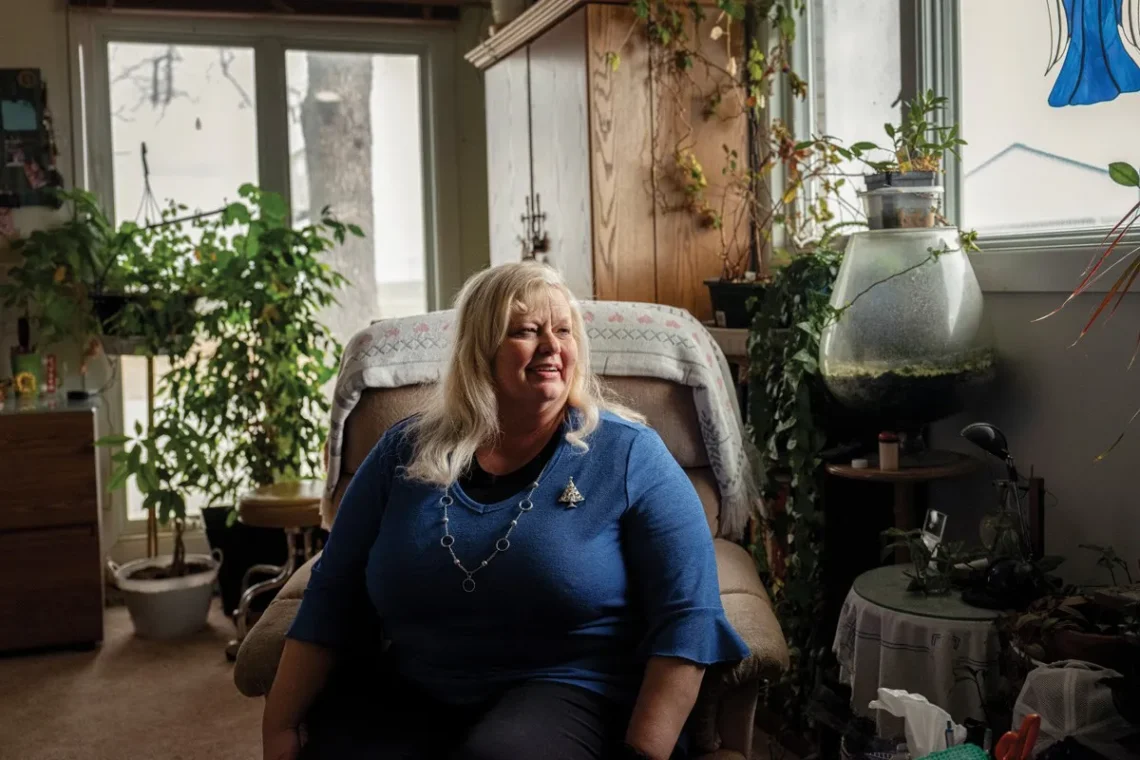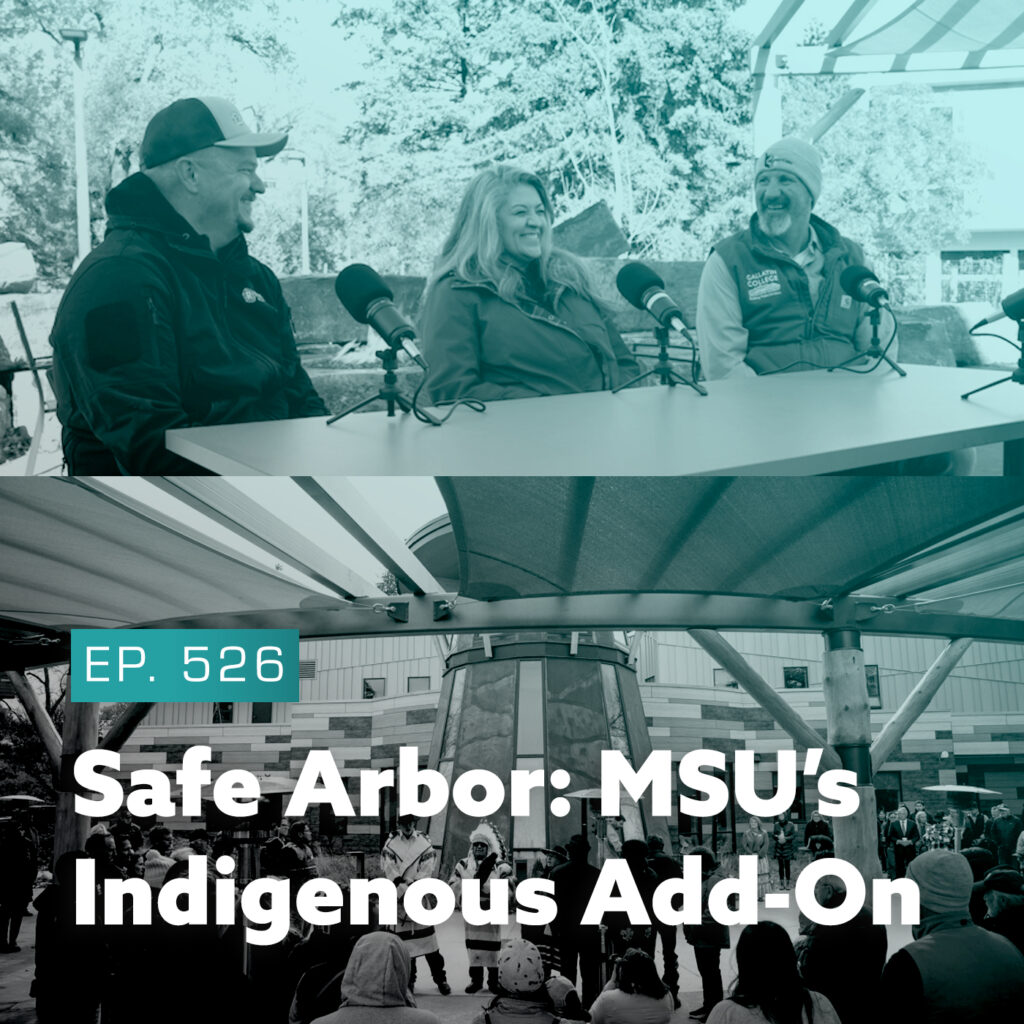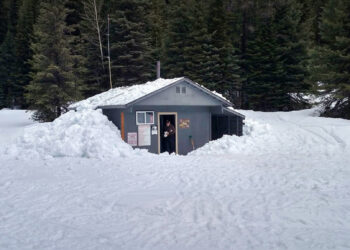An old model of schooling still has promise in modern education.
By Susan Shain HIGH COUNTRY NEWS
From Helena, Montana, drive about 90 miles, winding past mountains and the Missouri River, to Great Falls. Keep driving, until there are no more buildings, not even houses, just a two-lane road splitting endless fields of wheat and barley. Wave to some trucks, sail past silos. And then take a left. Soon a small building will appear. Look for the American flag, the swing set, the John Deere.
This is Benton Lake School.
It’s one of roughly 50 active one-room schoolhouses in Montana, the state that may have the most in the country. “It’s just like the olden days,” said Dawn Dawson, Benton Lake’s teacher (and custodian, and librarian, and lunch monitor). “Except our school was built in the ’60s.”
The building, constructed when two nearby schools merged, doesn’t resemble the one-room schoolhouses of storybooks: It’s tan and brick and sturdy, a prototypical public school in miniature. The classroom looks like classrooms everywhere: a ring of desks, walls covered in ABCs.
But as the kids roll in from recess which Dawson can hold at any time — it’s clear this school is different. When Dawson notices that Hudson, a second grader, has wet jeans from the slide, she pulls out a tub of clothes and tells him to change.
She’ll throw the wet jeans in the dryer in her apartment, which is just down the hall.
It’s clear this school is different.
When Dawson started teaching here at the age of 24, she didn’t hang pictures because she didn’t think she’d last long. She has now spent nearly 26 years — more than half her life — living and working at the school.
She said the time has flown by, except maybe the year she had 18 students: “That was a lot.”
Dawson’s role comes with unique pressures. Her job depends on whether kids enroll — other one-room schools have closed due to lack of students — and, as she put it: “You’re everything. The light goes out, the furnace stops, you’re gonna fix it.” Her many titles include “secretary”: The school phone also rings in her living room.
Once the kids sit down, Dawson quizzes them on the multiplication table: “Addie, 6s, please; Alex, 8s, please.” They flip over sheets of paper, solving as many problems as they can in a minute. It’s like any timed math test — except that each student’s test is different, matching their grade level.
This year, Benton Lake has a few more students than usual: nine. They come from five different families, mostly on nearby farms, and range from preschool to fifth grade. Dawson said, “It’s like each of them are on their own (Individualized Education Program)” — the specialized support plans for kids that need additional help. Elsewhere, parents have to push for IEPs; here, every student gets special attention.
Since Dawson can’t tell everyone to, say, “turn to page 23,” she puts an assignment chart on the overhead projector each morning. It outlines what students should work on, customized by subject and grade. “You have to become an independent learner,” Dawson said, “which I think helps in the long run.”
Hudson strolls back in wearing blue sweatpants, after changing out of his wet jeans. He likes school, but not the fact that there are only two other boys. And that three of the other students are his older sisters and stepsister, who aren’t afraid to boss him around. “I wish there were four more boys,” he said.
As Dawson reads from When You Trap a Tiger, a chapter book based on Korean folklore, Alex, a chatty fourth grader whose favorite time of day is lunch, heads to the restroom. He doesn’t ask for a hall pass. Who would check one?
In Montana, one of the least densely populated states, one-room schools are essential, said Jayne Downey, director of Montana State University’s Center for Research on Rural Education. They allow rural kids to receive an education without spending hours commuting — and they serve as community hubs.
Downey said kids in small, multi-grade classrooms show “some really strong social outcomes: positive self-concept, positive perceptions of other students.” Some research also suggests such students perform as well or better academically compared to their peers in larger schools. “Teachers can really focus on their strengths and identify where they’re struggling,” Downey said.
Dawson agrees. “If you know all the first-grade skills, and you’re still in first grade, we just go right into second grade,” she said. “We don’t slow down.” And if a student hasn’t mastered a skill, they spend more time on it, rather than rushing to keep up with the class.
The school’s oldest student, Yvonne, is in fifth grade. She could stay through eighth grade but plans to transfer in two years to Fort Benton, nearly 32 miles away. While she is excited about the change, she will miss this cozy room where she has spent much of her childhood.
“We have a lot of fun,” she said. “More than big schools.”












